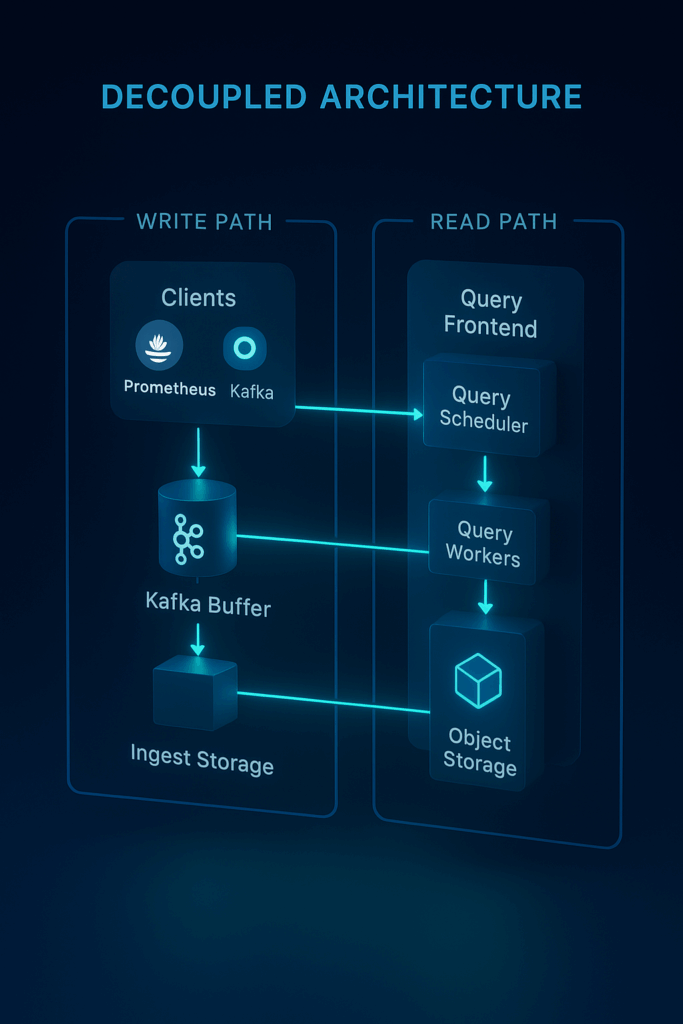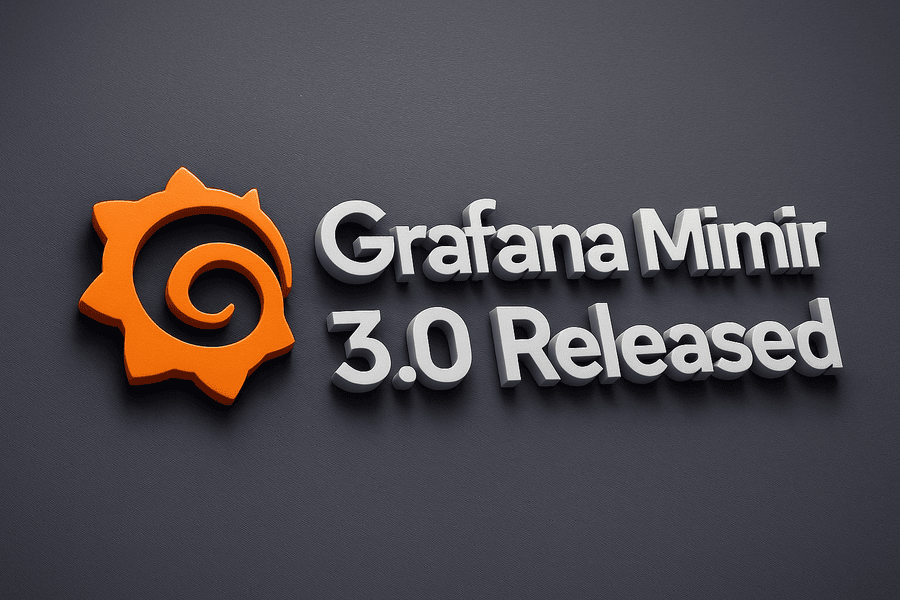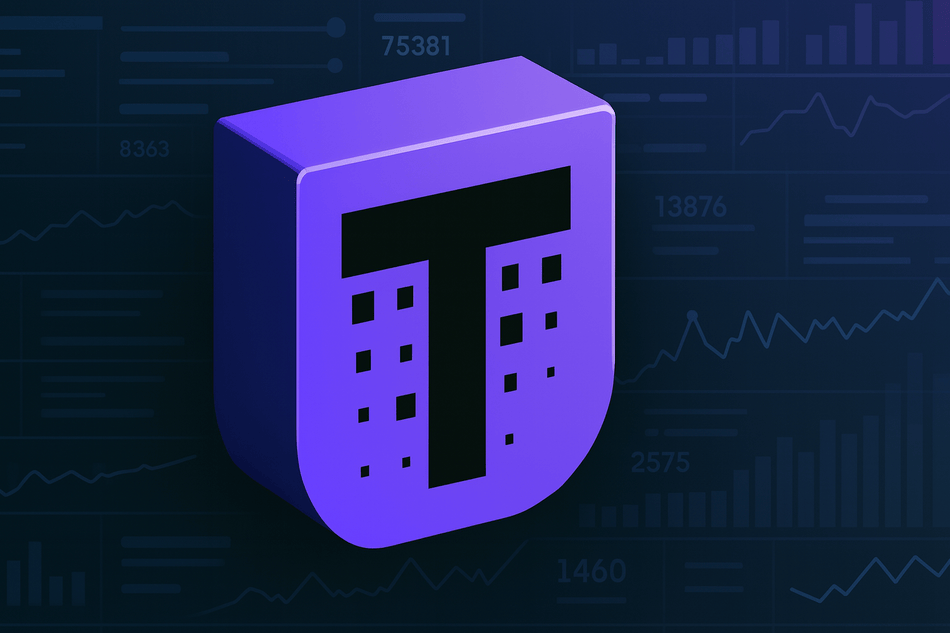When Grafana Labs introduced Grafana Mimir in 2022, the goal was ambitious: to build the most scalable and performant open source time series database (TSDB) in the world. Mimir, a horizontally scalable, multi-tenant TSDB built for long-term Prometheus and OpenTelemetry metrics storage, quickly gained traction. With more than 30 maintainers, 4.7k+ GitHub stars, and widespread adoption across the open source ecosystem, it has become a trusted metrics backend for organizations operating at scale.
Now, after three years of development, Grafana Labs has unveiled Grafana Mimir 3.0, a milestone release that delivers major leaps in performance, reliability, and operational efficiency. The update also powers the latest enhancements in Grafana Cloud Metrics, the fully managed service built on Mimir.
A Major Step Forward: What’s New in Mimir 3.0
Drawing from years of operating large-scale clusters internally — as well as collaborating closely with enterprise users — Grafana Labs focused Mimir 3.0 on three critical areas:
1. Improved Reliability
Mimir 3.0 introduces a clearer separation between read and write paths. This removes cross-path dependencies that previously allowed ingestion load to impact query performance. Now, queries remain stable and fast even during heavy writes.
2. Faster Performance With a Smarter Query Engine
The new Mimir Query Engine (MQE) replaces bulk sample processing with streaming-based execution. Instead of loading entire datasets into memory, MQE retrieves only the data needed at each step. This results in:
-
Faster query execution
-
More predictable behavior under pressure
-
Up to 92% lower peak memory usage
MQE is fully PromQL-compatible and is now the default query engine in Mimir 3.0.
3. Lower Resource Usage and Better Cost Efficiency
Across internal environments at Grafana Labs, early benchmarks show:
-
Up to 15% lower resource usage
-
Improved cluster reliability
-
Increased performance under load
This translates directly into lower operational costs for large Mimir deployments.
A Decoupled Architecture for True Horizontal Scalability
The most transformative change in Mimir 3.0 is its new decoupled architecture, which formally separates the read and write paths. In earlier versions, the ingester handled operations across both paths, creating contention when query load spiked.
To solve this, Mimir 3.0 introduces Apache Kafka as an asynchronous buffer between ingestion and querying. The result is full independence between the two paths, allowing them to scale individually.

Benefits of the decoupled architecture
-
Faster and more consistent query performance
-
Smooth ingestion even under heavy read load
-
Reduced risk of ingestion disruptions
-
More predictable cluster behavior
This architectural evolution is especially impactful for operators managing massive clusters, reducing complexity and freeing up time for optimizing business-critical workloads.
Ingest Storage: The Backbone of the New Architecture
A key component of the redesigned architecture is ingest storage, which ensures that reads never block writes, and vice versa. This eliminates cascading failures and dramatically improves system stability. Internal testing showed a significant reduction in the probability of read-path outages, particularly during early stages of ingester failure, a scenario that previously created fragility in dense clusters.
Grafana Labs has published a dedicated technical deep dive for those interested in ingest storage details.
A More Efficient Query Engine: MQE
Introduced in Mimir 2.17 and now deeply integrated in Mimir 3.0, the Mimir Query Engine fundamentally changes how PromQL queries are processed.
Why MQE Is a Big Deal
-
Processes data stream-by-stream, not in bulk
-
Reduces peak memory usage by up to 92%.
-
Improves reliability during complex or long-running queries.
-
Maintains full PromQL compatibility.
-
Delivers faster results at scale.
This makes MQE ideal for large enterprises and cloud-native environments where query workloads can vary dramatically.
Upgrading to Grafana Mimir 3.0
Because of the structural changes introduced in this release, Grafana Labs recommends performing a carefully planned upgrade. Operators should ensure:
-
An existing Mimir cluster with the classic architecture
-
Ability to provision a second cluster for migration
-
Write clients (Prometheus, OpenTelemetry Collector) that can send data to multiple endpoints
-
Read clients (Grafana) that can be updated to point to a new backend
-
Flexibility to modify Helm or Jsonnet configurations
A detailed upgrade guide and the full release notes are available for step-by-step migration support.
Conclusion
Grafana Mimir 3.0 marks a major evolution for the open source metrics landscape. Through architectural decoupling, a redesigned query engine, and significant improvements in reliability and performance, Mimir is now better equipped than ever to support organizations scaling to billions of active series. For teams seeking high-performance, cost-efficient, and enterprise-ready metrics storage — whether self-hosted or through Grafana Cloud — Mimir 3.0 represents a major leap forward.







